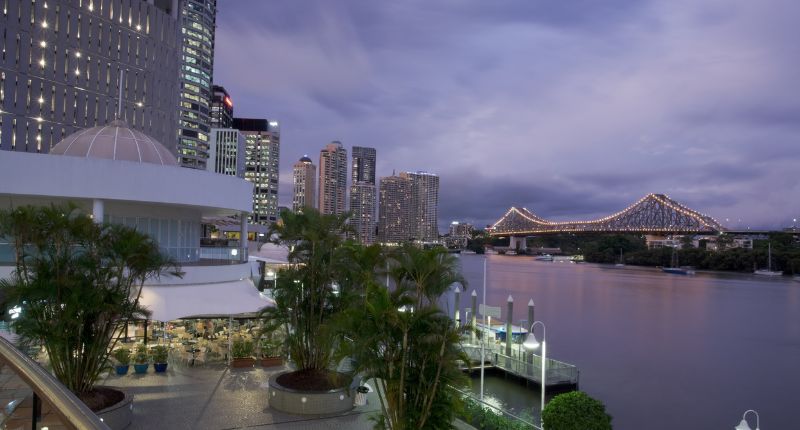
- Population growth exceeded Brisbane LGA population growth by a notable margin.
- Unit prices leapt 17%, compared to 2.2% for houses.
- Inner Brisbane has turned the corner on an extended period of mediocre capital growth performance.
Buyer demand for Inner Brisbane’s more affordable homes has risen, as house prices continually spiral beyond many buyers’ budgets.
While Inner Brisbane units and townhouses were in the doldrums six months ago, demand and price growth has bounced back, according to exclusive insights revealed to The Property Tribune by Hotspotting.
Brisbane unit prices leap by over 17%
Price growth for Inner Brisbane units significantly outpaced Inner Brisbane houses, leaping 17% in the year to December, according to SQM Research, as opposed to 2.2% for houses; Hotspotting analysis observed that unit growth was almost more than what was achieved in the previous decade.
Inner Brisbane unit asking prices
New research from Terry Ryder at Hotspotting also found that the Inner Brisbane precinct has staged a remarkable resurgence over the past two quarters with buyer demand for units and townhouses far exceeding available new and existing supply.
Total property listings for Inner Brisbane
“Brisbane unleashed a major recovery in the June quarter — reversing the steady declines that had been evident in the previous 18 months — and went to another level in the September quarter,” Ryder exclusively told The Property Tribune.
“The Brisbane turnaround has been dramatic with 85% of suburbs achieving positive results in terms of transaction numbers.”
Terry Ryder, Hotspotting
“While all sectors of the Greater Brisbane market are performing, the Inner Brisbane precinct is emerging increasingly as a leader with 11 of its 23 suburbs recording rising transaction levels from quarter to quarter, which is generally a precursor to further price growth.”
Construction levels were below par before the pandemic
Hotspotting general manager, Tim Graham, told The Property Tribune that dwelling completions in Queensland — and particularly in Brisbane — had been underwhelming since before the onset of the pandemic, which had created a significant supply and demand imbalance.
“The peak of dwelling completions in Queensland was way back in the December quarter of 2016, according to the ABS, and hit its most recent record low in the first quarter of this year,” said Graham.
“Our research is consistently showing that units and townhouses are becoming the first choice for many buyers in Inner Brisbane, but there is a significant shortage of stock available, which is pushing prices higher.”
Tim Graham, Hotspotting
Turning the corner on sluggish growth
Ryder said the Inner Brisbane precinct had clearly shrugged off the shackles from a prolonged period of mediocre capital growth performance.
“Some of the top performers for unit price growth over the past year included Stones Corner — not a suburb that usually features — Highgate Hill, Teneriffe, and West End,” said Ryder.
“Demand for real estate in this precinct is high, particularly from those moving from interstate as more southerners continue to make their way to Southeast Queensland.”
Ryder said that Inner Brisbane’s population growth was significantly higher than the Brisbane LGA. Inner Brisbane recorded an average of 3.2% population growth per year between 2017 and 2022, while the Brisbane LGA recorded annual growth of 1.2%.
“Plus, the precinct’s population is predicted to hit 309,392 people by 2046,” he added.
“Notwithstanding some of the pressures in the development sector, it’s obvious that Inner Brisbane property buyers are ready and waiting for new supply to arrive so they can secure a home or investment property in this once-again booming precinct.”
The Hotspotting Top 5 Brisbane Hotspot Report analysed sales activity, buyer demand, as well as major infrastructure projects and rental market metrics to determine where developers, homebuyers and investors should be targeting for the next six months.
Inner Brisbane was the number one pick with the other top four locations identified as the Olympic precinct (Inner South), Ipswich/Greater Springfield, the Moreton Bay region, and the Southern Moreton Bay Islands.







